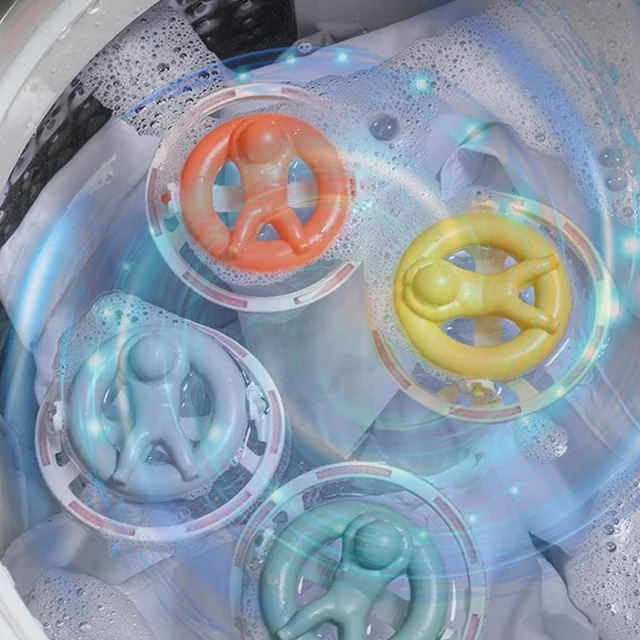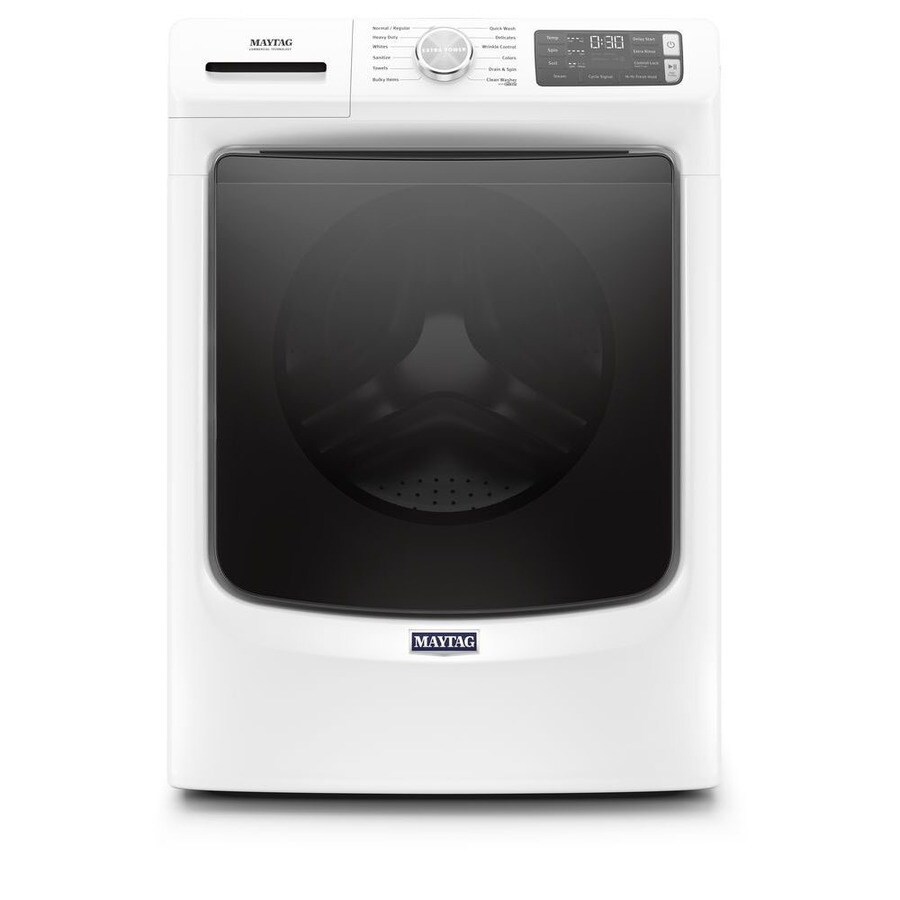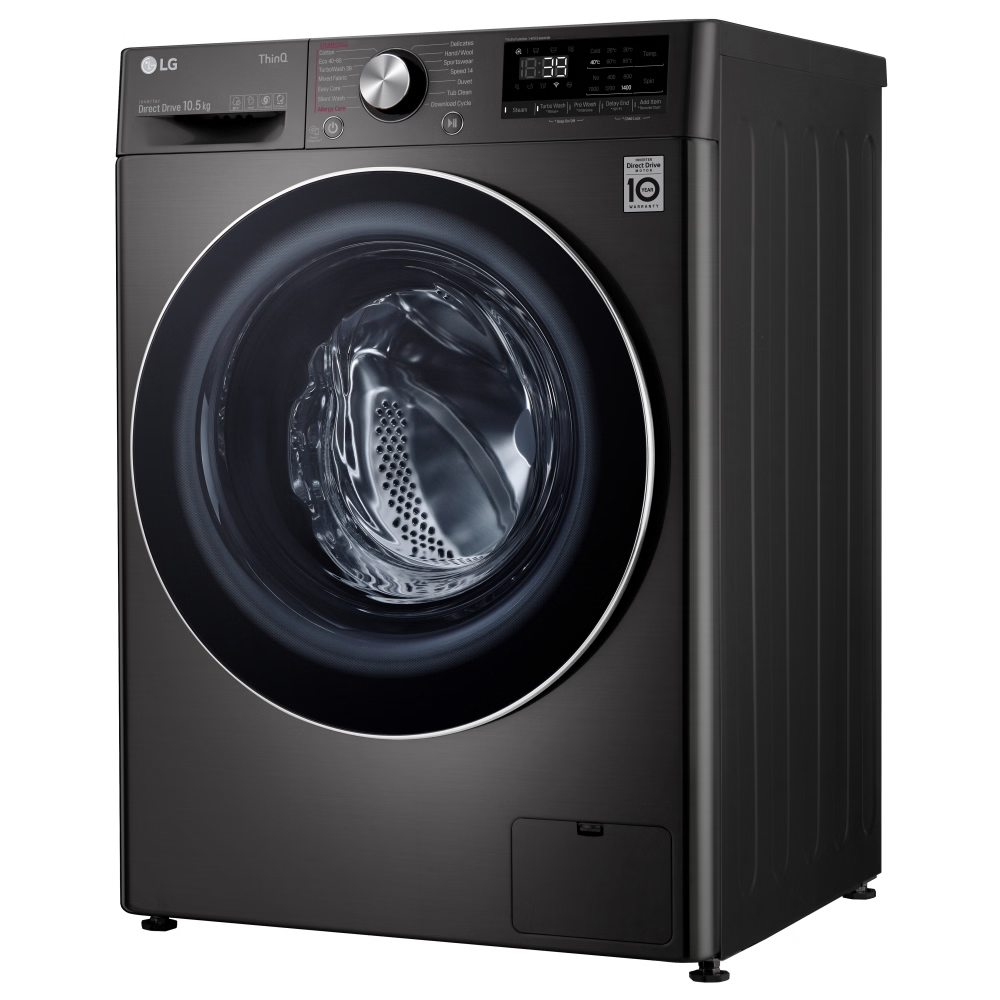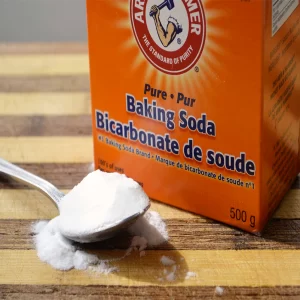Understanding Washing Machine Dirt Flakes: The Solutions
Washing machines are integral to modern households, facilitating our laundry needs efficiently and effectively. However, many users notice an unsightly phenomenon: dirt flakes in washing machines, often leading to questions about the cleanliness and maintenance of this essential appliance. These dirt flakes can range from harmless residue to more significant issues that could affect the performance of the machine and the cleanliness of your clothes. In this comprehensive guide, we’ll delve into the origins, implications, and remedies for washing machine dirt flakes, ensuring that you are well-equipped to manage this concern.
What Are Washing Machine Dirt Flakes?
Definition and Appearance
Washing machine dirt flakes are small particles that can accumulate in various parts of a washing machine. They can appear as slimy residue, dry flakes, or even greasy spots, typically visible in the drum, around the detergent drawer, or in the gasket of front-loading machines. These flakes can be a source of irritation for users who expect their machines to leave clothes fresh and clean after each wash.
How They Form
Dirt flakes are mainly formed from a combination of leftover detergent, fabric softener, dirt from laundry, and other organic materials. Over time, these residues accumulate and can create clumps that eventually detach, becoming the flakes you see.
Common Causes of Dirt Flakes
Residual Detergent and Fabric Softener
Many washing machines are programmed to use specific amounts of detergent and fabric softener, but users often seem to overload them. When more detergent is used than necessary, it does not dissolve fully, leading to a buildup of residue that can flake off over time.
Hard Water Accumulation
If you live in an area with hard water, minerals such as calcium and magnesium can build up in the washing machine. These minerals can react with detergents, leading to the formation of dirt flakes. They can also cause other issues, such as soap scum and limescale buildup.
Washing Machine Neglect
Neglecting regular cleaning and maintenance of the washing machine can contribute to dirt flakes. A lack of proper cleaning allows dirt, soap, and other residues to accumulate, leading to more significant deposits that can flake off.
Organic Growth
Another reason for the formation of dirt flakes is the growth of mold and mildew, especially in front-loading machines. The damp, warm environment within the washer can promote the growth of organic matter, leading to slime and flakes.
External Contaminants
Sometimes, external factors can lead to dirt flakes in your washing machine. Rinsing in dirty water, using used or soiled clothing, or washing items that have never seen the inside of a washer can introduce dirt into your machine.
Consequences of Not Addressing Dirt Flakes
Clothing Damage
Failing to clean dirt flakes from the washing machine can result in damaged clothes. The flakes can transfer back onto clean clothing, leaving residue and even staining materials.
Poor Cleaning Performance
If dirt flakes build up significantly, they can impair the cleaning efficacy of the washing machine. This means clothes may come out of the wash still dirty or less fresh than expected.
Bad Odors
The accumulation of dirt and the growth of mildews or molds may lead to a foul-smelling washing machine. Bad odors can cling to clothing, rendering them less pleasant to wear.
Shortened Lifespan of the Machine
Not addressing buildup and debris can lead to mechanical issues and ultimately shorten the life of the washing machine. Components can become blocked or corroded with excess residue and deterioration.
Preventing Washing Machine Dirt Flakes
Adjusting Your Detergent Usage
One of the simplest ways to prevent washing machine dirt flakes is to adjust the amount of detergent you use. Always follow the manufacturer’s guidelines, particularly when considering the size of your loads.
Regular Maintenance
Engaging in routine maintenance is crucial for the longevity and cleanliness of your washing machine. Run cleaning cycles often with either store-bought cleaning agents designed for washing machines or natural solutions like vinegar and baking soda.
- Monthly Cleaning Cycles: Set aside time each month to run an empty hot wash cycle with a cleaning agent.
- Gasket Cleaning: Gently clean around the rubber gasket of a front-loader, as this area often traps moisture and grime.
Using the Right Water Softening Solutions
Consider investing in a water softener if you live in a hard water area. Softened water can help mitigate the impacts of minerals, leading to fewer dirt flakes forming.
Airing Out the Washer
After completing a load, leave the washing machine door ajar for a while to let moisture evaporate. The reduction of this damp environment will inhibit mold growth and the resultant dirt flakes.
Avoiding Overloading
Overloading the washing machine can lead to residues getting trapped and forming globs. Ensure you are using your machine to its appropriate capacity, allowing for proper agitation and cleaning action.
Methods for Cleaning Dirt Flakes from Washing Machines
Vinegar and Baking Soda Cleaning
One of the most popular methods involves using vinegar and baking soda. This combination can eradicate odors and residues efficiently.
- Set the Heat: Start by running the washing machine on the hottest setting.
- Add Vinegar: Pour approximately two cups of white vinegar directly into the drum.
- Add Baking Soda: Follow this with about a cup of baking soda, and allow it to sit for approximately 30 minutes.
- Run the Cycle: After the waiting period, run a complete washing cycle on the hottest setting.
- Wipe Down: When the cycle is done, wipe down the interior with a clean cloth for good measure.
Store-Bought Washing Machine Cleaners
Many different cleaning products are specifically designed to eliminate dirt flakes and residues. Follow the product instructions for the most effective results.
Manual Inspection and Cleaning
Occasionally, it might be necessary to manually inspect and clean areas like the detergent drawer or the rubber gasket. Remove any visible residue and clean it thoroughly with warm soapy water.
Flush the Drain Filter
Often neglected, the drain filter can collect debris that contributes to dirt flakes. Regularly inspecting and clearing the filter ensures proper functioning of the machine.
 Diagnosing Washing Machine Issues Linked to Dirt Flakes
Diagnosing Washing Machine Issues Linked to Dirt Flakes
Unpleasant Odors
If your clothes consistently come out of the wash smelling bad, it may signify that dirt flakes and residues are building up. Investigate your washer for any signs of buildup that could lead to this issue.
Clothes Still Dirty After Wash
When clothes don’t seem to come out as fresh or clean post-wash, it may also indicate that dirt flakes are clogging parts of the machine. Consider cleaning your machine to see if the problem resolves.
When to Call a Professional
Persistent Problems
If you continue to experience issues with dirt flakes despite regular cleaning and maintenance, it may be time to consult with a professional. They can delve into deeper mechanical problems which could be causing poor functionality.
Complicated Repairs
Trying to fix mechanical issues without the right knowledge may lead to further damage. If you suspect that more than just dirt flakes are involved, seeking professional assistance is advised.
Conclusion
Washing machine dirt flakes may seem like a minor inconvenience, but they can lead to a cascade of problems if left unaddressed. Understanding the causes, implications, and preventative measures can help you maintain your washing machine effectively, prolong its lifespan, and keep your laundry fresh and clean. By employing sound practices like proper detergent usage, regular maintenance, and immediate cleaning, you can keep your machine free of dirt flakes and operating smoothly. Taking the effort now will reap rewards in the future, ensuring a hassle-free laundry experience. Remember to pay attention to your washing machine, as consistent care will prevent dirt flakes and other issues from becoming a recurring problem.



